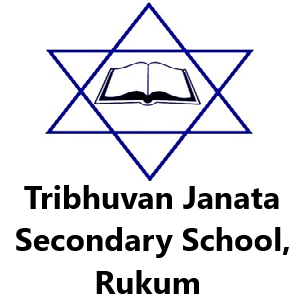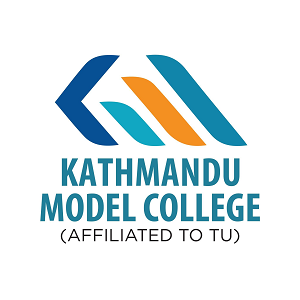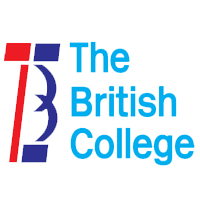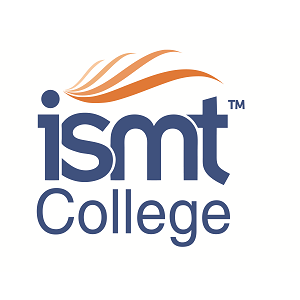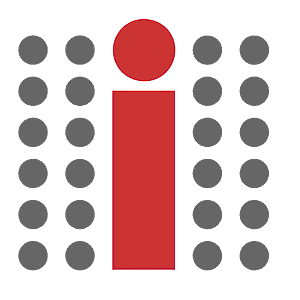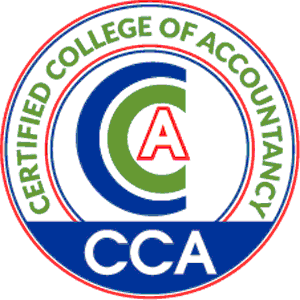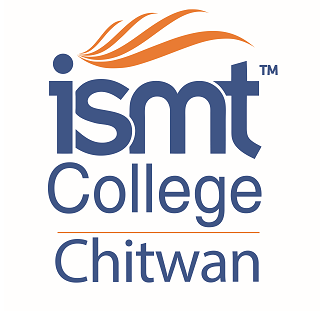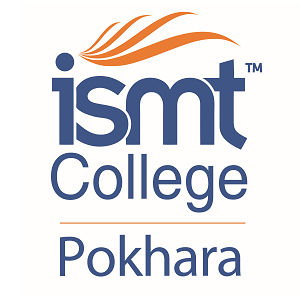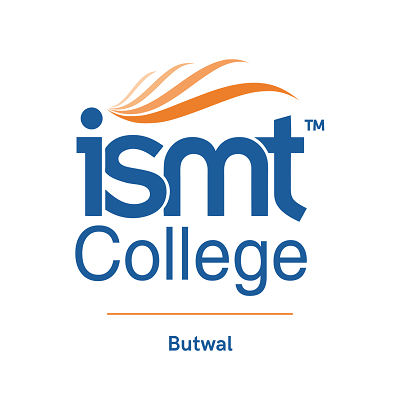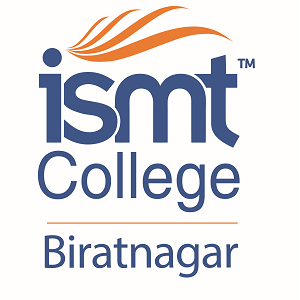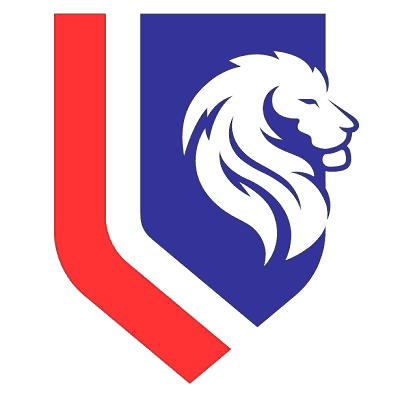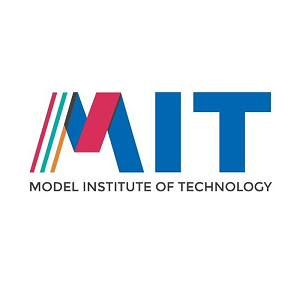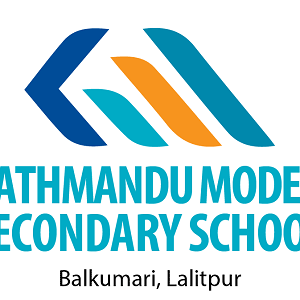Overview
Diploma in Computer Engineering at Shahid Yagyashwor Memorial Polytechnic Institute
Overview
The Diploma in Computer Engineering develops foundational knowledge in programming, hardware, networks, and system support. The syllabus follows CTEVT standards and leads learners from basics to small team projects.
Highlights
-
Duration: Three years with labs and project work
-
Seats: 48 (as approved)
-
Affiliation: CTEVT
-
Learning mode: Theory, coding labs, hardware practice, networking, and mini-projects
-
Facilities: Computer lab with internet, electronics bench, library, and project guidance
Curriculum Details
Main study areas include:
-
Programming Fundamentals and Data Structures
-
Web Technology basics and simple database-backed apps
-
Database Management Systems and SQL practice
-
Operating Systems and shell tasks at introductory level
-
Computer Networks: topology, IP addressing, switching/routing basics at entry level
-
Digital Logic and Microprocessor fundamentals
-
Computer Organization and basic Electronics
-
Mathematics, English, and professional communication
-
Final-year project with report and demonstration
Objectives
-
Build problem-solving habits in code and system support
-
Develop clean documentation and version control discipline
-
Prepare students for support roles in labs, offices, and local firms
-
Encourage further study in computing and related areas
Scope
Graduates can enter roles such as support technician, junior lab assistant, helpdesk trainee, or junior developer on simple tasks. With further study and practice, they can move to advanced programming, networking, or system roles.
Learning Outcomes
-
Write and debug programs using syllabus languages and tools
-
Create small web/database applications with clear documentation
-
Assemble and maintain PCs, install operating systems, and manage updates
-
Set up small networks, share resources, and apply basic security steps
-
Prepare user guides and handover notes for mini-projects
Skill Development Modules
-
Coding sprints and code reviews in the lab
-
Database schema practice and query writing
-
PC assembly, fault isolation, and replacement routines
-
Network setup with addressing plans and basic troubleshooting
-
Project planning sheets, Gantt-style trackers, and final presentations
Teaching Methodology
Faculty use lectures, live demos, pair programming, and guided labs. Students submit lab reports, maintain repositories for code, and present project work. Regular quizzes and vivas keep learners on track for board exams.
Admission Requirements
-
SEE or equivalent with subject criteria as per CTEVT notice for Computer Engineering
-
Entrance and ranking as per official schedule
-
Document verification at the institute within the deadline
Career Opportunities
-
IT support technician in schools, clinics, and offices
-
Computer lab assistant or network assistant
-
Junior developer for small application tasks
-
Pathway to advanced diplomas or bachelor-level computing studies
Scholarships and Financial Aid
Scholarship rules follow CTEVT categories and institutional notices. Students should track timelines and maintain required attendance and grades.
Why Choose This Course?
The course builds steady, hands-on habits for coding and support work. Students learn with practical tasks that mirror small workplace assignments and produce reports that show clear progress.
Conclusion
The Diploma in Computer Engineering offers a structured route into the IT field. With step-by-step lab practice, project exposure, and recognized certification, graduates can start in entry-level roles and continue to higher studies.



